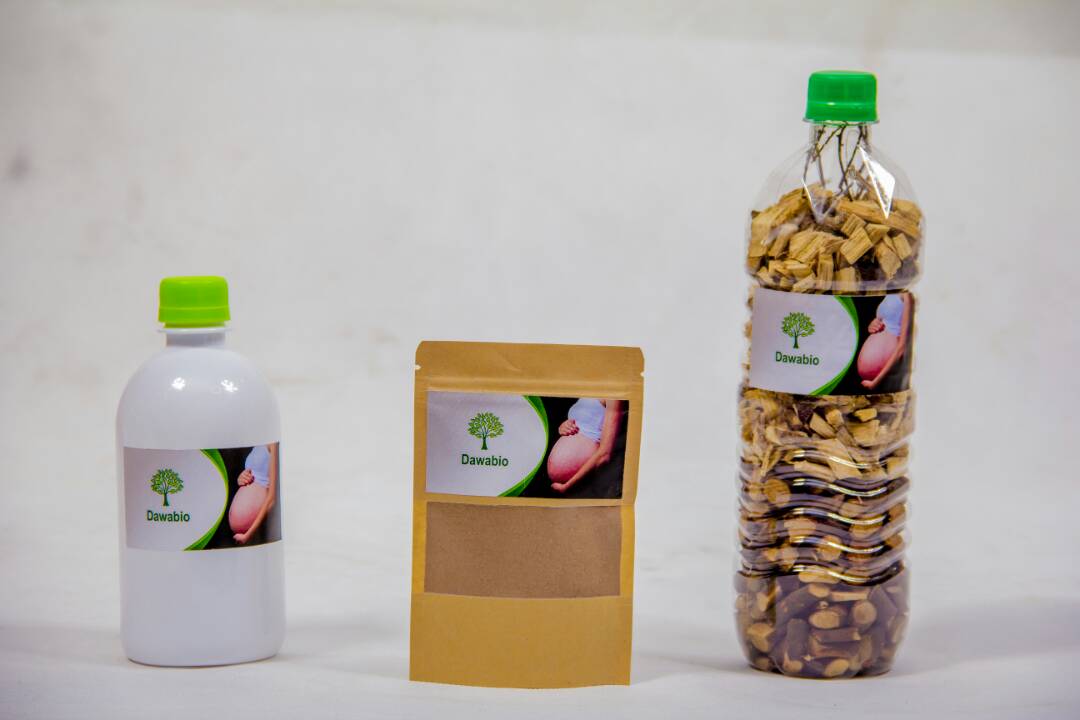The fibroid uterine cancer are not common tumors (benign) of the uterus and are the most common reason for recommending a hysterectomy. They grow from the muscle wall of the uterus and are made up of muscle and fibrous tissue. Many women over the age of 35 have fibroids but usually have no symptoms. Fibroids can be the cause of blocked tubes. Here is a treatment to cure fibroids naturally and prevent blocked tubes. Click on the image below to discover this natural treatment.
To contact our experts please call or write to us on the following number, tel / WhatsApp
: 0022996374527
WE DELIVER ALL OVER THE WORLD
In some women, however, fibroids (myomas) can cause heavy bleeding, pelvic discomfort and pain, and occasionally put pressure on other organs. These symptoms may require treatment. Treatment may take the form of drugs to control pain and bleeding, hormone therapy to shrink the tumor, surgery to remove the tumor, or a hysterectomy. There are promising new investigational drugs that can temporarily shrink tumors. These drugs can have serious side effects and are usually very expensive. These treatments may be sufficient or provide temporary relief and allow a woman to delay a hysterectomy, especially if she still wants to have children. In more severe cases, a hysterectomy may be recommended.
Some women choose to do nothing because fibroids will often shrink in size as a woman goes through menopause.
As for the fallopian tubes, they are an essential organ of the female reproductive system. Measuring about ten centimeters each, these two ducts formed by smooth muscles and covered by the peritoneum connect the ovaries to the uterus. During ovulation, the oocyte expelled by the ovary is captured in the pinna, the terminal part of the proboscis, and moved to the ampulla, the central part of the duct. This is where fertilization by a sperm can take place. Then, for 3 to 4 days, the embryo develops in the tube, the time necessary for its transport to the uterine cavity.
There is a link between blocked tubes and fibroids
First of all, in case of blocked or damaged tubes, know that there are three reviews to explore their functionality.
- Hysterosalpingography
- Laparoscopy
- Fertiloscopy
Many interventions, however banal, can damage the tubes: an appendectomy, a gynecological surgery on the ovaries or the operation of a uterine fibroid.
It is indeed essential that the uterine cavity is strictly normal in order to restore fertility. When fibroids are in the uterine cavity, they should be removed by hysteroscopic resection. A 5 mm or more conventionally 9 mm resectoscope is used to cut them chip by chip. Fibroids located far from the uterine cavity are rarely responsible for infertility and do not require surgery. In case of blocked tubes, they will also have to be removed by an operating technique identical to that used for fibroids.
Also depending on the extent of the tumor and its location, uterine fibroids can put fertility at risk.
This is because the tumor can block the fallopian tubes, deform the uterine cavity, and prevent the implantation of the embryo. Under these conditions, a uterine fibroid makes pregnancy impossible.
Fibroids , being a benign tumor, the size of which can sometimes lead to complications during pregnancy. Perhaps the cause of the obstruction of the fallopian tubes
which can occur after salpingitis (inflammation of the tubes of infectious origin), and can prevent sperm from coming into contact with oocytes.
It is important to remember that the advantages of operative laparoscopy over conventional surgery are numerous. It makes it possible to avoid the opening of the abdominal cavity and therefore results in the absence of postoperative scar, with an obvious aesthetic interest for the woman.
In addition, the duration of hospitalization is shorter than in the context of conventional surgery. Finally, the postoperative period is more comfortable for the patient, and there is a faster resumption of activity with a lower number of postoperative sequelae.
Finally, it should be noted that certain surgical indications may be justified even when the couple also has recourse to In Vitro Fertilization (IVF) or IVF with ICSI (Intra Cytoplasmic Sperm Injection), in order to improve the chances of pregnancy.
The tube-shaped uterine tubes are used to receive the oocytes released every month from the ovaries and to transport them to the uterus. When the egg is expelled by the ovaries during ovulation, it is sucked in through the pinna of the tube. Fertilization (meeting between the egg and the sperm) takes place in the tubes, during the journey from the egg to the uterus. In order for a woman to get pregnant and have a baby, the tubes must be functioning normally and be intact (at least one!). In 15% of cases of fertility disorders, the causes are linked to an abnormality of the tubes.
The exact reasons why some women develop fibroids are unknown. Fibroids tend to grow in families, and affected women often have a family history of fibroids. Women of African descent are two to three times more likely to develop fibroids than women of other races.
The fibroids develop in response to stimulation by the hormone estrogen produced naturally in the body and are sometimes the cause of wrong bite thus preventing fertilization. These growths can appear as early as age 20 but tend to decrease after menopause when the body stops making large amounts of estrogen.
Fibroids can be tiny and not a problem, or they can weigh several pounds. Fibroids generally tend to grow slowly.
The following factors have been associated with the presence of fibroids:
- Being overweight, obese
- Never having given birth to a child (called nulliparity)
- The onset of menstruation before the age of 10
How do I know if my tubes are blocked
The obstruction in the tubes is often difficult to detect because there are few symptoms (possibly some abdominal pain or more abundant vaginal secretions). Consultations and analyzes are only carried out during the infertility assessment carried out when the woman who wants a child cannot get pregnant, after having had regular and unprotected sex for 1 year.
When the tubes are blocked, it will interfere with the movement and progression of the egg and sperm. Either the egg cannot meet the sperm (and there is no fertilization) or there is fertilization, but the egg cannot progress to the uterus.
When fertilization does not take place or remains impossible, the egg is automatically lost in the abdominal cavity. We are talking about tubal sterility.
If the obstruction is not complete, the fertilized egg will be able to circulate, but will have difficulty making its way to the uterus. The egg will then implant itself in the tube and develop into an ectopic pregnancy. At some point, the tube will rupture, causing internal bleeding.
To contact our experts please call or write to us on the following number, tel / WhatsApp
: 0022996374527

